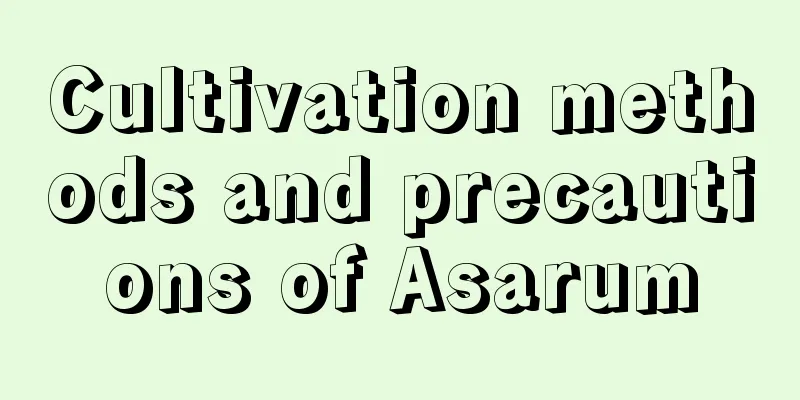How to propagate Osmanthus fragrans and what to pay attention to

Reproduction method of Murraya paniculataThere are two ways to propagate Osmanthus fragrans: cutting propagation and sowing propagation. Both methods have a relatively high survival rate. However, compared with cutting propagation, it takes less time, so cutting propagation can be used in normal times. Osmanthus fragrans seeds can be propagated. The seeds need to be collected before planting, and suitable planting soil is needed during maintenance. The natural reproduction method of Osmanthus fragrans is seed propagation, and it is generally planted in spring every year when the temperature environment is more suitable. The breeding time of Murraya paniculataFor Osmanthus fragrans, its survival rate is the highest in spring, because the temperature and climate at this time are most suitable for its growth, and the development speed is also the fastest. Method of propagating Murraya paniculataCutting propagation of Osmanthus fragransWhen propagating Osmanthus fragrans by cuttings, it is recommended to choose spring, which is from April to May. This time is relatively warm and suitable for growth. It is recommended not to choose weak branches. It is generally recommended to choose branches that are about two years old, so that they have stronger vitality. Sowing propagation of Osmanthus fragransWhen it comes to sowing and propagating Osmanthus fragrans, if it is spring, it is best to do it between March and April, and if it is autumn, it can be done between September and October. Hydroponic Osmanthus fragrans propagationTo grow Osmanthus fragrans hydroponically, you need to choose a transparent glass container, then pick a healthy branch from the plant and plant it in the container filled with water. Precautions for breeding of Murraya paniculataWhen propagating Osmanthus fragrans, you need to pay attention to keeping it in a warm growing environment and getting plenty of sunlight so that it will grow healthier. When planting, you need to use soil with good air permeability. |
<<: How to propagate Polygonum multiflorum and precautions
>>: How to propagate Schefflera and what to pay attention to
Recommend
Which month is the best time to plant garlic?
Garlic has won the favor of consumers for its uni...
Do you prefer shade or sun to take root?
Do you prefer shade or sun to take root? It is re...
What to do if the leaves of hibiscus turn yellow
one. Too much water Generally, we have to find ou...
Can white jade cherries be grown in the south?
Can white jade cherries be grown in the south? Wh...
Can waste oil be used to water flowers? Which flowers are suitable for watering?
Can waste oil be used to water flowers? Waste oil...
How to grow water spinach to get high yield?
Water spinach is a kind of vegetable that many fr...
How to prune Star Beauty? When and how to prune
Star Beauty Trimming Time The time for pruning st...
How to cultivate elm trees to make them more vigorous
Elm Growing Conditions Elm trees often grow at al...
The language and symbolic meaning of plum blossoms
Flower Language Strong, elegant and loyal. Symbol...
How often should I change the water for daffodils and how should I care for them?
1. How often should you change the water? There i...
How to water the Buddha beads succulent
Watering tips for Buddha beads succulent The Budd...
Add some ingredients to beer, Gardenia rose... blooms continuously for 8 months, and can bloom 100 flowers at a time!
Beer + vitamin B12, gardenias are big and white! ...
Can onions be grown hydroponically? How to grow onions hydroponically
Can onions be grown hydroponically? Onions can be...
Precautions for repotting tiger lily in summer
Precautions for repotting tiger lily in summer Th...
Can the soil of Clivia be changed in winter? (How to change the pot and soil of Clivia in winter)
Can I change the potting soil of Clivia in winter...









